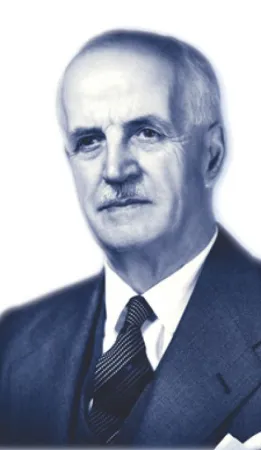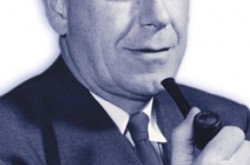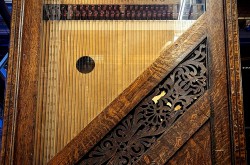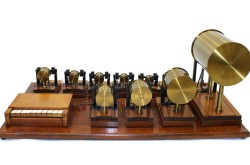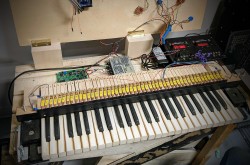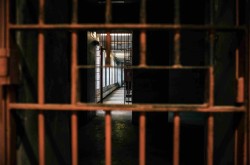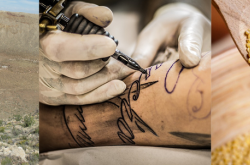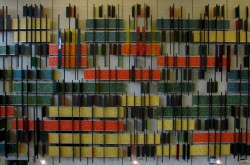Chalmers Jack Mackenzie: ambitious on Canada’s behalf after WWII
This article was originally written and submitted as part of a Canada 150 Project, the Innovation Storybook, to crowdsource stories of Canadian innovation with partners across Canada. The content has since been migrated to Ingenium’s Channel, a digital hub featuring curated content related to science, technology and innovation.
Patrick Jodoin
Algonquin College Journalism Program
The years during and after World War II were a crucial time for scientific research and development in Canada. Chief among this era’s important figures was Chalmers Jack Mackenzie, who was president of the National Research Council from 1944 to 1952, and who played an instrumental role in forming some of the institutions that have shaped modern Canada.
Initially appointed to the NRC in 1935 after a 17-year stint as Dean of Engineering at the University of Saskatchewan, the New Brunswick native would maintain an office at the NRC until he was 90 years old. Mackenzie was an influential figure not for a single discovery or advancement. Rather, his entire career was one of brilliance. He was the Canadian government’s primary scientist during World War II. He worked with C.D. Howe, a powerful cabinet minister, in the development of post-war science policy. Mackenzie was responsible for a massive expansion of NRC laboratories and research in the fields of war gas, radar and the atomic bomb. He went on become the first president of Atomic Energy of Canada Limited in 1952.
Back in Saskatchewan, Mackenzie oversaw research on the erosion of concrete buildings due to alkali salts in the soil below. He also led a team of students in the design and construction of a highway bridge.
Although Mackenzie’s background was in civil engineering, his influence was not limited to scientific fields. Later in life he was responsible for an increase in spending for the Canadian Council for the Arts. He also helped to spearhead the Defence Research Board in 1947 and the Medical Research Council in 1969.
Mackenzie was appointed to the Order of Canada in 1967. He died in 1984, and was inducted to the Canadian Science and Engineering Hall of Fame in 2007.



